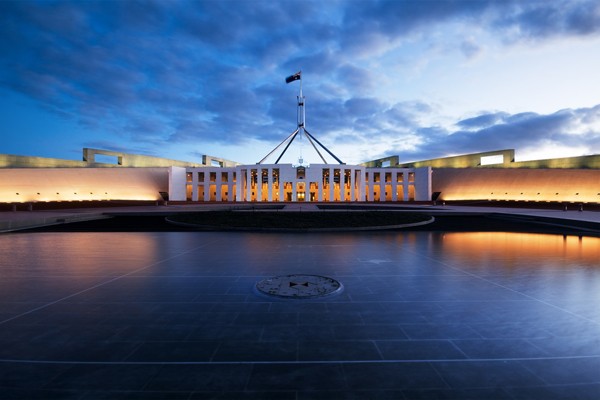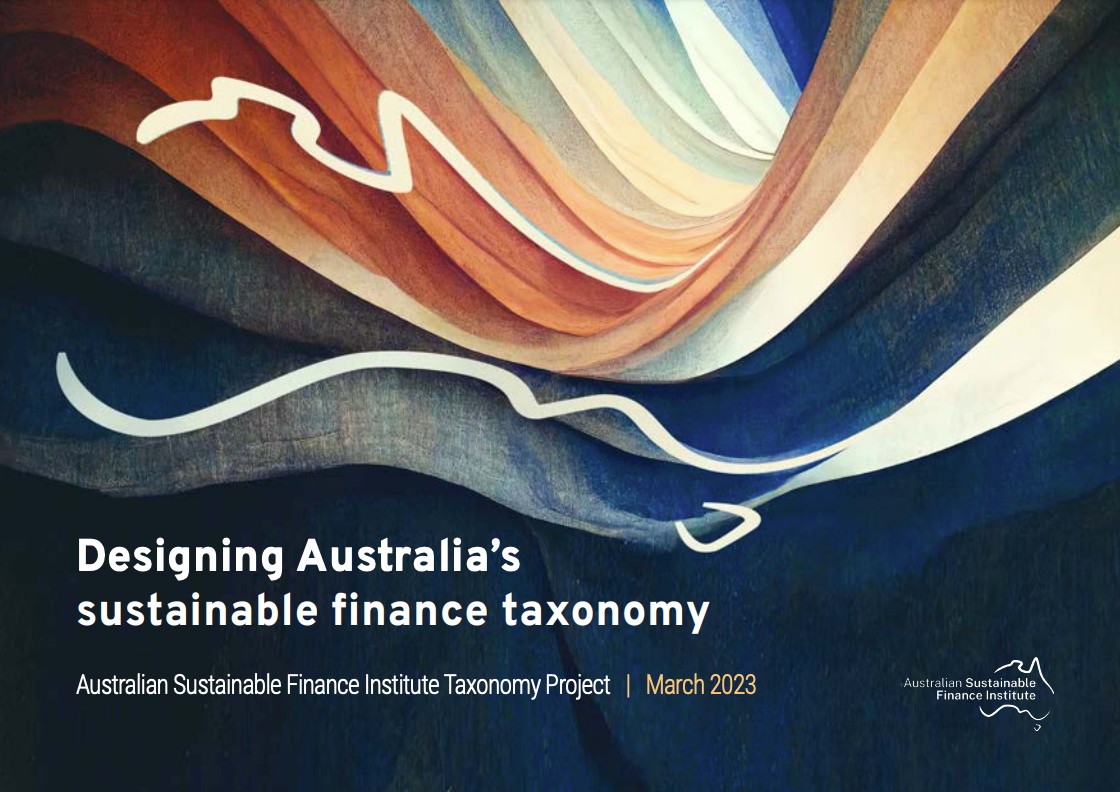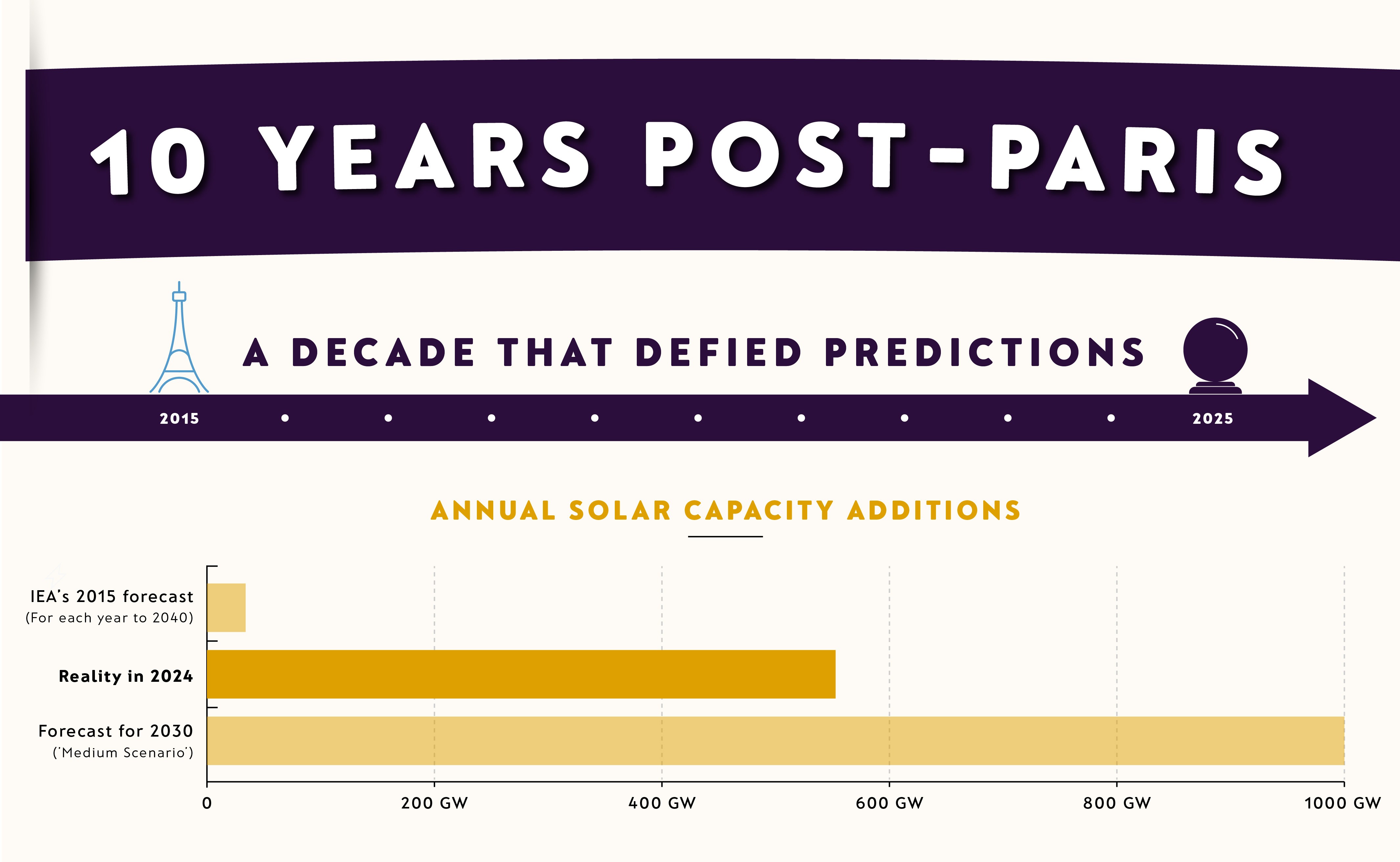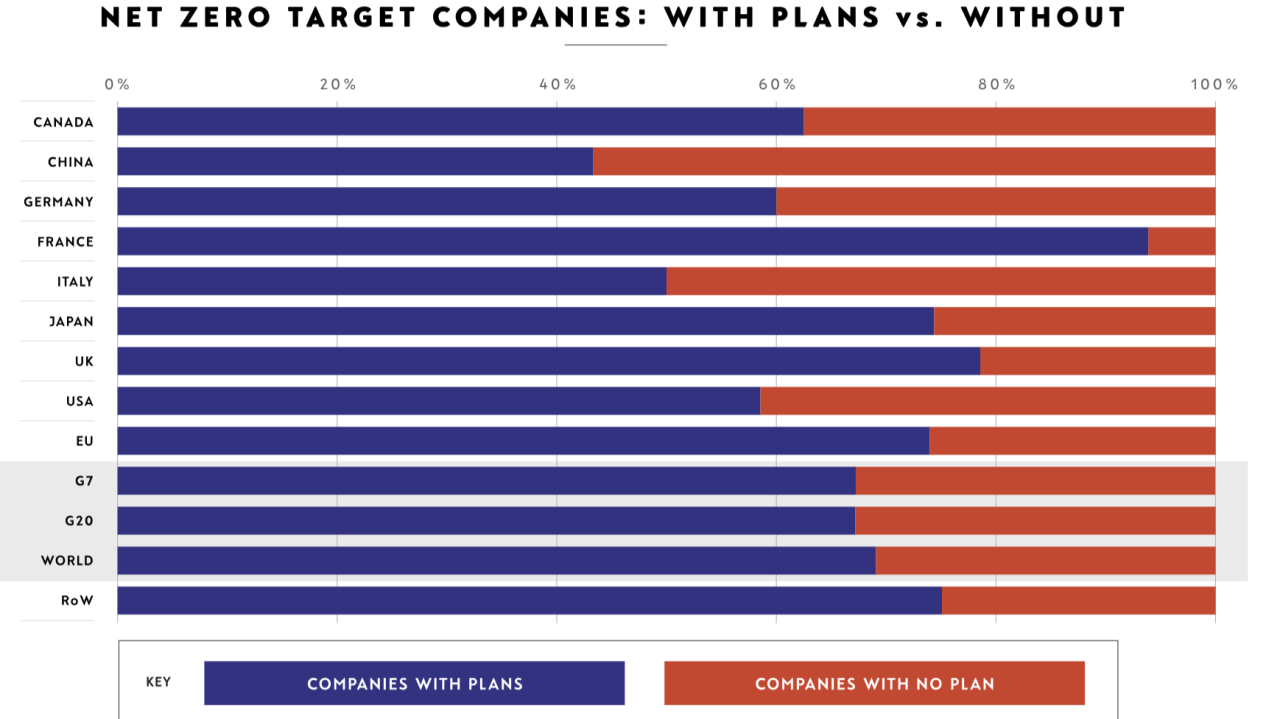
Australia plays catch-up on sustainable finance taxonomy

Keith Mullin
35 years: Capital markets editorial
When I looked into where Australia was with its Sustainable Finance Taxonomy in mid-2022 as part of the research I was doing at the time for my taxonomy Pathway on Sustainability Unlocked, work was underway but it was fair to say it was at an early stage.

The Australian Sustainable Finance Institute (ASFI), the private sector finance group that self-describes as its mission “to align the Australian financial system with a sustainable, resilient and inclusive Australia” had published a sustainable finance roadmap in November 2020. That report set out 37 key recommendations but everything else was a work in progress.
But how quickly things have moved on. The taxonomy scoping phase that kicked off in early 2022 led last December to the release by the ASFI of a framing paper for public consultation, containing the taxonomy’s principal design elements. Then, in March 2023, with the support of EY, the ASFI published its detailed draft taxonomy outline: Designing Australia’s sustainable finance taxonomy.
Most recently, on April 21st 2023, Australian Treasurer Jim Chalmers, alongside Minister for Climate Change and Energy Chris Bowen and Assistant Minister Jenny McAllister, announced that the government will co-fund the initial development phase of the Australian Sustainable Finance Taxonomy, in partnership with industry through the ASFI.
The taxonomy funding announcement of April 21 was one of three outputs from the government’s second Investor Roundtable held that day. The government also announced that the Australian Office of Financial Management, the country’s debt management office, will launch the country’s inaugural sovereign green bond programme, adding Australia to the fast-growing list of sovereign green bond issuers throughout the world. The programme is scheduled to kick off in 2024 once the green bond framework has been drafted and following investor engagement.
The government is also expanding energy-efficiency ratings for residential property with the aim of making available cheaper mortgages and financing for home upgrades.
These are all important steps for a country that continues to be one of the world’s biggest producers and exporters of coal, and an economy that depends on mining and fossil fuels, which continue to make up a significant share of total output. But Australia is accelerating its commitments to reduce emissions.
In the country’s most recent submission to the UN’s Framework Convention on Climate Change (UNFCCC) in June 2022, Prime Minister Anthony Albanese – who had only been in office for a couple of weeks – updated Australia’s Nationally Determined Contributions under the Paris Agreement. Albanese committed to a more ambitious 2030 target: to reduce greenhouse gas emissions by 43% below 2005 levels by 2030. That is a 15 percentage point increase on the previous 2030 target and a key stepping stone to achieving net zero emissions by 2050.
The government has said new policies to get to net zero will “build on existing emissions-reduction programmes; give Australian industry a comprehensive and consistent policy framework; and encourage Australian households, businesses and communities to embrace the opportunities presented by the transition”.
Taxonomy aims
On the sustainable finance taxonomy, Australia took its early lead from work already done by the EU, the IPSF’s Common Ground Taxonomy, Japan and Singapore. The ASFI is co-ordinating with the development of taxonomies in countries like New Zealand. The aim of Australia’s taxonomy, like many others around the world, is to provide a common set of standards to help mobilise capital in support of climate transition and to help Australia achieve its emissions targets.
The taxonomy will facilitate identification by financial institutions of economic activities that address important ESG objectives. Like the Paris Agreement, UN SDGs and TFND disclosures; like disclosures under the Modern Slavery Act 2018; protecting cultural heritage and commitment to free, prior and informed consent; compliance with environmental laws; supporting the reversal of biodiversity loss by 2030; and commitments to reduce waste and transition to a circular economy.
It will give policymakers a tool to develop targets and strategies to ensure Australia hits its sustainable development commitments. And, on the basis that regulators will closely scrutinise developments, Australia’s taxonomy will have important implications for Australia’s financial regulators: the Australian Prudential Regulation Authority, Australian Securities and Investments Commission and Reserve Bank of Australia.
To combat greenwashing, for example, Recommendation 15, the final draft recommendation in the ASFI March paper, calls for mandatory reporting on taxonomy alignment if users make claims around sustainability objectives covered by the Taxonomy relating to their activities, financial instruments, products and/or the development of sustainability labels and standards.
In terms of taxonomy process, Phase 1, the taxonomy scoping phase runs until June 30. Phase 2, the development phase, kicks off on July 1 2023. The ASFI says screening criteria will be developed under Phase 2 for at least three priority sectors, along with associated technical work on data requirements, a transition methodology, minimum social safeguards and a ‘Do No Significant Harm’ framework.
From July 1st, a Technical Expert Group will be convened to oversee screening criteria. The Climate Working Group (CWG) of the Australian Council of Financial Regulators (which sits on the ASFI’s Project Steering Committee as an observer) will manage a comprehensive stakeholder engagement exercise across key sectors.
The ASFI said the framework that comes out of the development phase may include permanent institutional arrangements for taxonomy development and maintenance, and incorporate finalised taxonomy criteria into regulatory architecture to support sustainable finance. Taxonomy work will be based on the ASFI’s March 2023 report.

ASFI summary of draft taxonomy recommendations
Principles and purpose
Recommendation 1: The guiding principles in the development and implementation of an Australian taxonomy should be: credibility, usability, interoperability, prioritisation and impact.
Recommendation 2: The primary purposes of the Australian taxonomy should be to:
- Direct capital flows into economic activities that substantially contribute to climate mitigation and other sustainability objectives;
- Help guide an orderly and just transition to a sustainable economy;
- Address greenwashing.
Objectives
Recommendation 3: The Australian taxonomy should cover the key sustainability objectives of climate mitigation; climate-change adaptation; environmental management i.e. protection and restoration of health ecosystems and biodiversity, sustainable use and protection of water and pollution prevention and control; resource resilience and the transition to a circular economy, and social objectives.
Recommendation 4: The Australian taxonomy should initially prioritise the development of criteria for climate change mitigation, with a view to incorporating other environmental and social criteria over time in accordance with the design principles.
Sector prioritisation
Recommendation 5: The following should be considered when deciding which sectors should be prioritised for development under the Australian taxonomy:
- Contribution to the sustainability objectives;
- Contribution to the national economy by share of gross domestic product;
- Potential economic growth and global competitiveness opportunities.
Recommendation 6: The taxonomy design should adopt existing criteria from other international taxonomies or reporting standards that are credible and can be readily adapted to meet the needs of the Australian taxonomy.
Recommendation 7: The Australian taxonomy’s sector framework should align with the Australian and New Zealand Standard Industrial Classification (ANZSIC), where possible, but be flexible to include key sustainable activities that are not clearly captured in the existing codes.
Recommendation 8: The Australian taxonomy should undertake a process of mapping the ANZSIC framework with the classification systems used in international taxonomies that Australia may seek to align with e.g. ISIC and NACE.
Taxonomy eligibility and alignment
Recommendation 9: The Australian taxonomy should use internationally recognised, credible, science-based technical screening criteria, complemented by principles-based criteria where necessary.
Recommendation 10: The Australian taxonomy should include criteria to demonstrate taxonomy alignment by:
Evaluating funding recipients against entity-level criteria, where finance is issued to an entity for general use of proceeds.
Evaluating an activity or asset against activity-level criteria, where finance is issued to a funding recipient for specific use of proceeds.
Recommendation 11: The Australian taxonomy should undertake a process of mapping the ANZSIC framework with the classification systems used in international taxonomies that Australia may seek to align with e.g. ISIC and NACE.
- Green activities: aligned to the taxonomy objectives;
- Transition activities: on a pathway to alignment with the taxonomy objectives;
- Excluded activities: unsustainable or do significant harm and/or have no credible pathway to alignment with the taxonomy objectives.
Recommendation 12: The Australian taxonomy should adopt a clear, transparent methodology for categorising transition activities, endorsed by the Taxonomy Board.
Recommendation 13: The Australian taxonomy should include further qualifying criteria assessment of “do no significant harm” that meets the unique needs of Australia, including but not limited to standards for respecting Indigenous rights and heritage and supporting workers and communities in relation to an equitable and just transition.
Governance
Recommendation 14: For the development phase of the Australian taxonomy, we recommend the implementation of a three-tier governance model administered by ASFI and comprised as follows:
Tier 1: Taxonomy Board:
Includes government, peak representation across the financial sector (banking, insurance, investors and superannuation), climate and specialist expertise, and social and Indigenous representation. Sets the objectives, design principles, methodology to establish the taxonomy criteria, and priorities for development, and approves the taxonomy proposals. Consideration to be given to the appropriate role of Australia’s key economic and regulatory agencies: APRA, the RBA and ASIC.
Tier 2: Financial Industry Technical Group:
Fixed term transparent membership from experts covering climate, environment, social, regulatory, data and taxonomy relevant expertise. Responsible for the development of taxonomy proposals and convening of sector- and subject-specific working groups.
Tier 3: Sector and subject-specific working groups and forums:
Established as needed to provide sector- and subject-specific advice to inform the Finance Industry Technical Group’s work and provide a forum for stakeholders to provide views on specific areas of the taxonomy affecting them. Independent expertise on science-aligned sectoral pathways should be provided to tier 1 as key input to the Taxonomy Board’s priorities and utilised by tier 2 in the development of technical criteria for taxonomy aligned activities.
Recommendation 15: To assist with addressing greenwashing, reporting on taxonomy alignment should be mandatory where users are seeking to make claims around the sustainability objectives covered by the Taxonomy in relation to their activities, financial instruments, products and/or the development of sustainability labels and standards.

Keith Mullin
Share "Australia plays catch-up on sustainable finance taxonomy" on

































